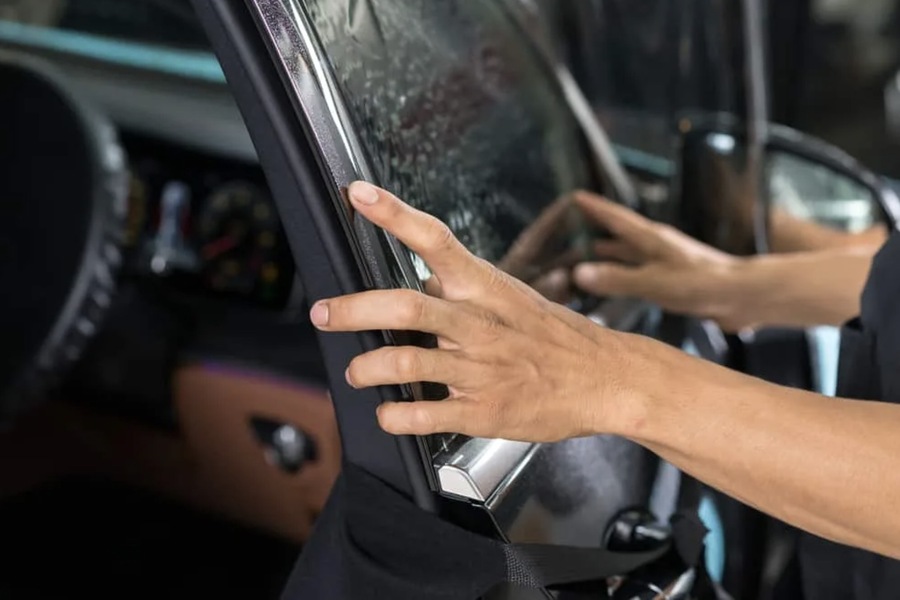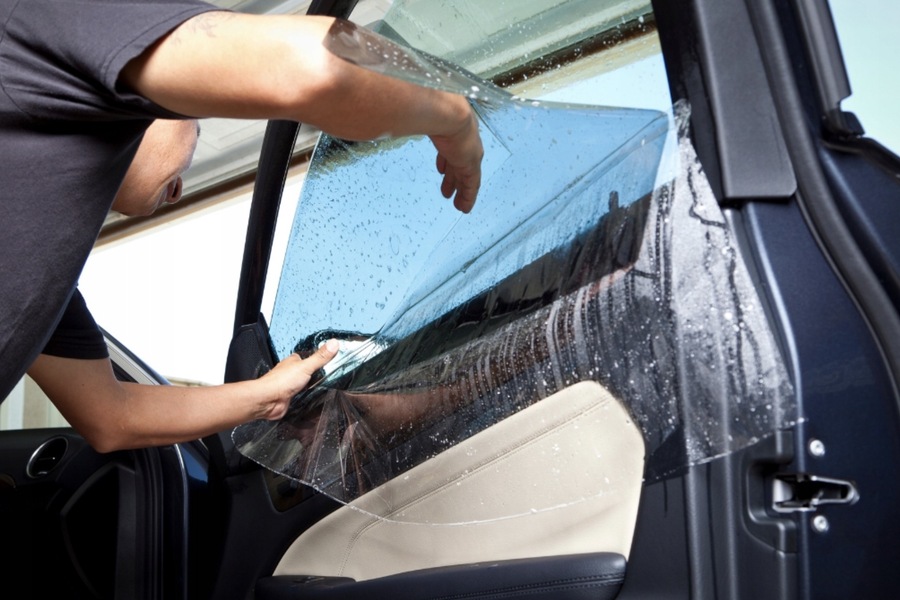The sun is both a vital energy source and a formidable adversary for individuals living in tropical regions. Its unrelenting intensity in these areas presents unique challenges to those who spend a significant portion of their day in vehicles. Car window tinting, once considered a luxury or aesthetic upgrade, has evolved into a functional necessity for tropical nations, offering profound benefits for safety, health, and environmental sustainability.
This article delves into the science and significance of car window tinting in the context of tropical climates, focusing on its ability to mitigate the impacts of rising temperatures and global warming.
Tropical Climates and the Vehicle Heat Problem
Tropical nations experience high levels of solar irradiance year-round. Studies have shown that vehicle interiors can reach up to 70C (158F) in such climates when parked under direct sunlight, a temperature that poses risks to health, material durability, and overall driving comfort.
The phenomenon known as the “greenhouse effect” in cars is exacerbated by the glass windows, which allow sunlight to penetrate and trap heat inside. Traditional vehicle designs lack sufficient measures to counter this issue, making solutions like car window tinting increasingly indispensable.
The Science Behind Car Window Tinting
Car window tinting involves the application of a specialized film to vehicle windows to reduce solar heat, UV radiation, and glare. But how exactly does it work?
Infrared Heat Rejection
The majority of the heat from sunshine is attributed to infrared radiation, which is blocked by high-quality window films using cutting-edge ceramic or nanotechnology. Some ceramic films have been shown to reject up to 80% of infrared heat.
UV Radiation Blocking
Modern tinting coatings successfully filter the ultraviolet (UV) rays that cause skin damage and fade in automobile interiors. Window tints provide significant protection for passengers by reducing UV exposure by up to 99%, according to the Skin Cancer Foundation.
VLT, or visible light transmission
The amount of natural light that enters the car can be customized while preserving visibility thanks to tinting films’ variable VLT levels. Because they better block heat penetration and glare, films with lower VLT are perfect for hotter areas.

Why Tropical Nations Rely on Car Window Tinting
- Health Benefits
Heat exhaustion and skin cancer are two serious health problems that can result from prolonged exposure to strong sunlight during commuting. By providing a protective barrier, tinted windows lower the chance of UV-related health issues.
- Durability of the Interior
Car interior deterioration is accelerated by tropical heat, making dashboards, seats, and other components more prone to fading and splitting. The lifespan of the car is increased by window tinting, which delays this deterioration.
- Increased Efficiency in Energy Use
Vehicle air conditioning systems put forth more effort to counteract hot weather, which results in higher fuel usage. According to studies, tinted windows can cut the demand for air conditioning by as much as 20%, which results in significant fuel and carbon emission savings.
- Improved Safety and Privacy
Tinting films strengthen windows, making them less likely to shatter upon impact, thus improving passenger safety. Additionally, they obscure the interior of the vehicle, enhancing privacy and deterring theft.
The Role of Car Tinting in Combatting Global Warming
Global warming exacerbates the challenges posed by tropical climates. Car window tinting aligns with global sustainability efforts in several ways:
Energy Conservation
Reduced reliance on air conditioning directly contributes to lower fossil fuel consumption, aligning with the International Energy Agency’s goal of reducing energy demand in transportation.
Urban Heat Island Mitigation
By keeping vehicle interiors cooler, car window tinting reduces the overall heat expelled into urban environments, helping to alleviate the urban heat island effect.
Sustainable Practices
Many modern tinting solutions use eco-friendly manufacturing processes and recyclable materials, further supporting environmental goals.
Adopting Car Window Tinting: Key Considerations
Legal Compliance
Different nations and regions regulate the permissible level of window tinting. In tropical nations, laws are often more lenient, recognizing the functional necessity of tinting. However, it is crucial for vehicle owners to ensure compliance to avoid penalties.
Professional Installation
Proper application is essential for long-term durability and effectiveness. Amateur installations may result in bubbles, peeling, or uneven coverage, diminishing the film’s performance.
Choosing the Right Film
Ceramic Films: Offer superior heat and UV blocking capabilities.
Metallic Films: Provide excellent heat rejection but may interfere with GPS or mobile signals.
Hybrid Films: A balance of cost and performance, ideal for moderate climates.

Statistical Insights into the Window Tinting Industry
The global window tinting market is projected to reach $4.5 billion by 2030, growing at a compound annual growth rate (CAGR) of 5.5%. The Asia-Pacific region, home to many tropical nations, dominates this market, driven by rising temperatures and growing awareness of sustainability.
In the UAE, particularly in cities like Dubai, car window tinting has become an essential service. The extreme desert climate, coupled with the region’s affinity for luxury vehicles, has spurred innovation and demand for premium tinting solutions.
Conclusion: A Necessary Investment
In tropical nations, where the sun’s intensity is a constant challenge, car window tinting transcends aesthetics, offering practical solutions to health, comfort, and environmental concerns. As global temperatures rise, the adoption of such measures becomes not just beneficial but necessary.
For vehicle owners in tropical regions, investing in high-quality window tinting is a proactive step toward enhancing the driving experience, protecting health, and contributing to sustainability. By embracing this innovation, we pave the way for a cooler, safer, and greener future.

Skydiver, ramen eater, DJ, vintage furniture lover and growthhacker. Producing at the intersection of modernism and elegance to answer design problems with honest solutions.


